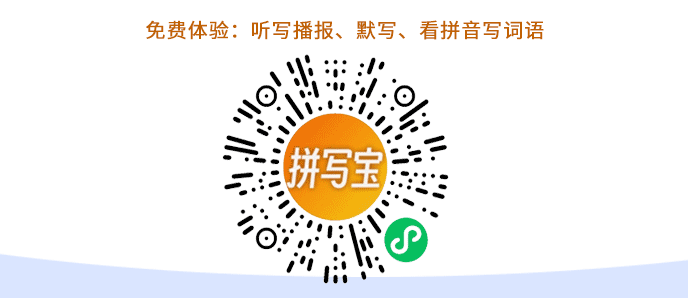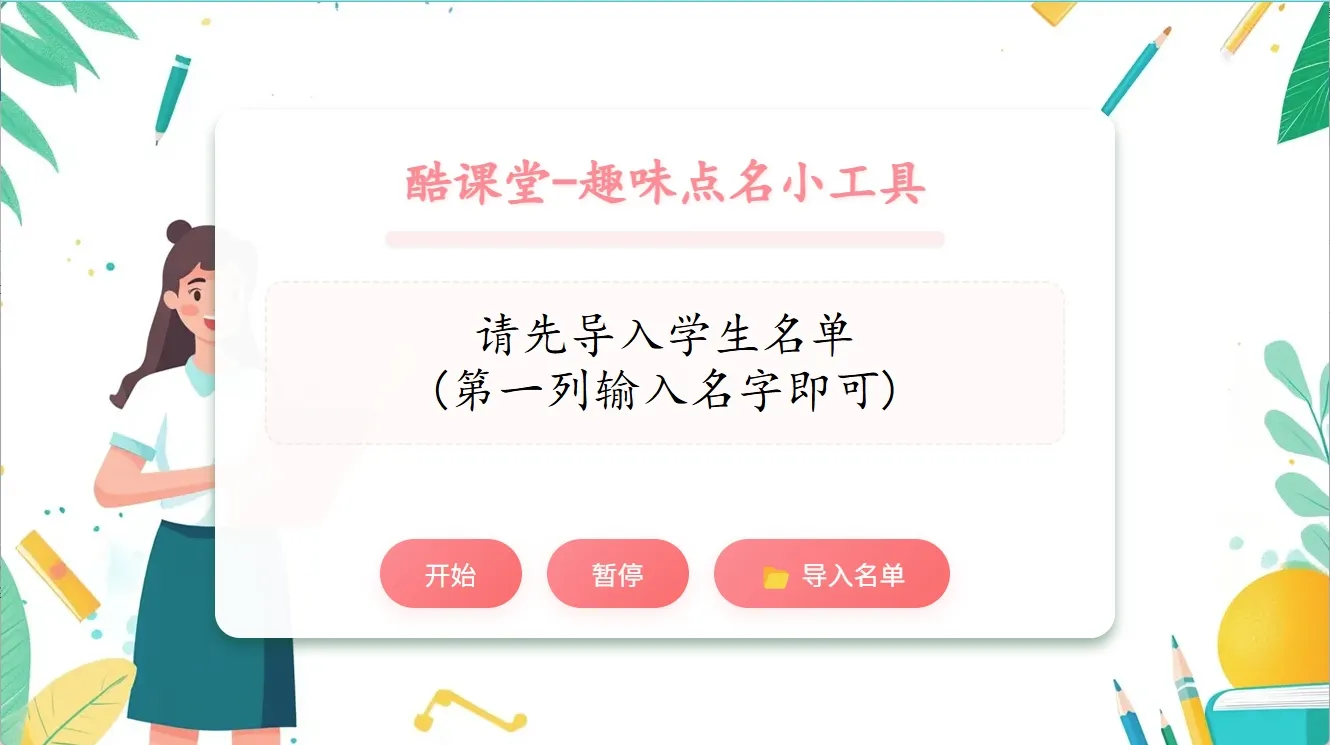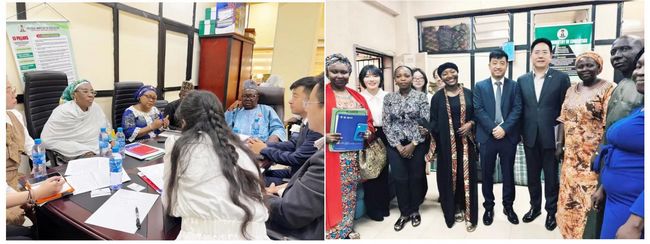|
An Outline of Teaching
Teaching aims and demands
1. Look through the questions before the listening to the article .
2. Students can record some simple information according to the listening materials。 3. Students can learn to ask for help and respond to others in English. 4. Students can learn to how to obtain useful information by using Internet . Teaching methods 1. Task-based teaching 2. Co-operative learning Teaching aids Multimedia Teaching procedures (Boys and girls, pay attention, please! Before having our English class, I have something important to say. I will divide you into four groups, Group1, Group2, Group3, Group4, I have prepared some presents for you , are you ready? Ok, Let’s begin our class.)
Step T: Boys and girls, Do you like travelling? S: Yes.
T: I like travelling, too. S: The Great Wall…… Step Two: Lead- in T: Good! What do you think of these places? S: They are wonderful. T: Would you like to go to these beautiful places? S: Yes. T; But We don’t have enough money, can we go travelling? S: Yes. T: How can we go travelling? S: We can travel online. Step Three: Procedure Task One (how to use the website) T: Excellent. You are all smart. If we travel online, we will use the website. Do you know how to use the website? S: Ok. T: For example, I want to get some information about the Great Wall, could you teach me? S:First, we open the search engine ,then type the Great Wall into the blank ,then click on the icon. Now there are many websites, you can choose any website you like and click on it. T: Thank you! If I want to find some pictures about the Great Wall, what shall I do?
S: You can click on the
“Picture” T: Oh, I see. Wow, there are so many pictures about the Great Wall. I want to print this picture.(引出生词print) T: Now we know how to use the website. But Peter doesn’t know to use the website. Let’s help him. Please open your books and turn to page 43, finish Part A1.First, please go through the notes quickly, pay attention to the keywords. Now let’s begin. (play the recording twice) T: Let’s check the answers. T: All of you did a good job.引出生词mind的过程:举例一、This boy ,would you mind reading the passage for us? S: Of course not.
举例二:Would you mind my opening the
door?( If you
don’t
mind, you can sayOf course not./Not at all./ Certainly not. I f you
T: Boys and girls, we have known how to use the website, do you know how to travel online? S: No./Yes. Task Two (speak up)
T: Now,
Sandy and Millie are talking about travel online. Sandy has some
questions. Would you like to help him? S: Yes. T: Here are three questions, please read them by yourselves. Let’s listen to the recording (play the recording) Ask students to answer my questions.
T:
Read S: Yes./ No.
T: Task Three (make a conversation) T: Now it’s time for you to make your conversation. Here are some icons and you can talk about them with your partner. Here is the model. (ask students to act out their conversations)
T: Very good.
We S: …… T: I have a good place for you .Please watch a video and tell me which city it is about? S: Sydney.
T: Yes. You are clever. Sydney is a seaside city.
It’s
close to the sea. It’s
on the south-east S: It’s the Sydney Opera House. T: What does it look like? S: It looks like a ship with many sails(生词)
T: S: He is skiing.
T:
S:
It’s S: It’s summer. T: So we can say Australian seasons are the opposite of ours.(opposite)举例… T: Would you like to know more about Sydney? S: Yes. Task Four (T or F)
T: Now please do
Part A2 S: Yes. T: Let’s begin. Listen twice. T: Have you finished? Let’s check the answers. Volunteers? If you can, please put up your hands, you can win a red star for your group. If the sentence is true, you just read it. If the sentence is false, read first, then correct it. Do you understand? S :….. Task Five (fill in the blanks) T: Here is an article about Australia. But there are some missing words in it. Please read the article first, then listen and complete Part A3. While listening to the recording, if you don’t have enough time to write down the whole word, you can write only one or two letters. I will ask two students come to the front and write down the answers. Volunteers? (xxx 1-5,xxx6-10) Now, let’s listen. T: Would you like to listen again? S: Yes. T: Let’s check the answers. (注意词汇的丰富性,number1, go on ,next….) T: We have travelled abroad online. Boys and girls, have you been to Beijing? S: Yes./No. T: But I haven’t been to Beijing, could you show me around Beijing? S: Yes. Task Six (a competition) T: Let’s have a competition. Here are three pictures of Beijing. You can choose any picture you like. T: Excellent. All of you did a good job. Boys and girls, what do you think of online travel? Is it fast? S: Yes Task Seven (enjoy a passage)
T:
I S: Yes. T: Let’s go. Only listen once. Task Eight (a discussion) T: Online travel is popular. But in our daily life , people often go out for a trip .What kind of trip do you like better? Let’s have a discussion.
T: There is a
famous saying Read ten thousand books, travel ten thousand
miles. S: ….. T: Travelling is a good way to relax! Enjoy travelling! Enjoy life! Thank you ! Tags:主体,合式,教案

|
21世纪教育网,教育资讯交流平台




